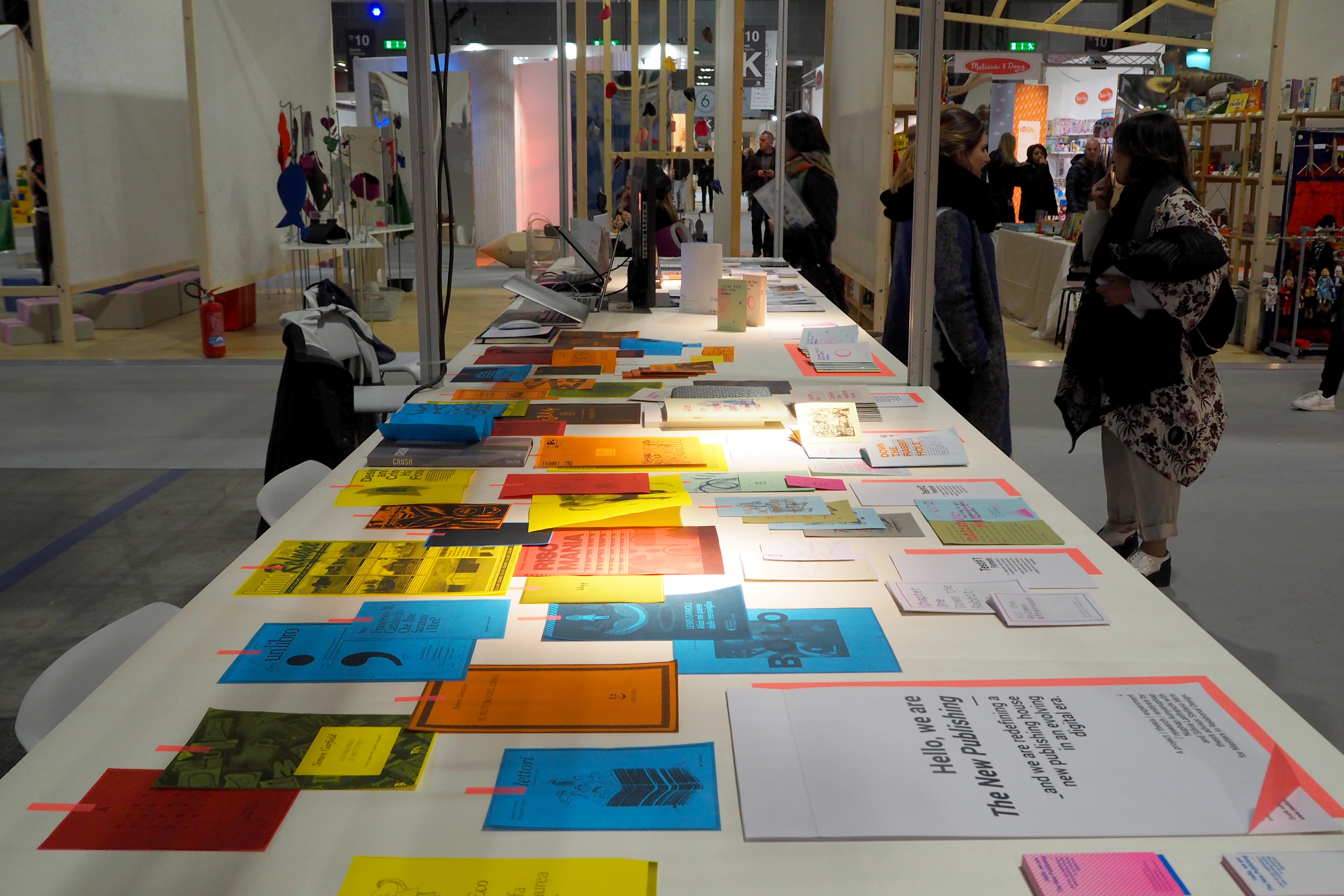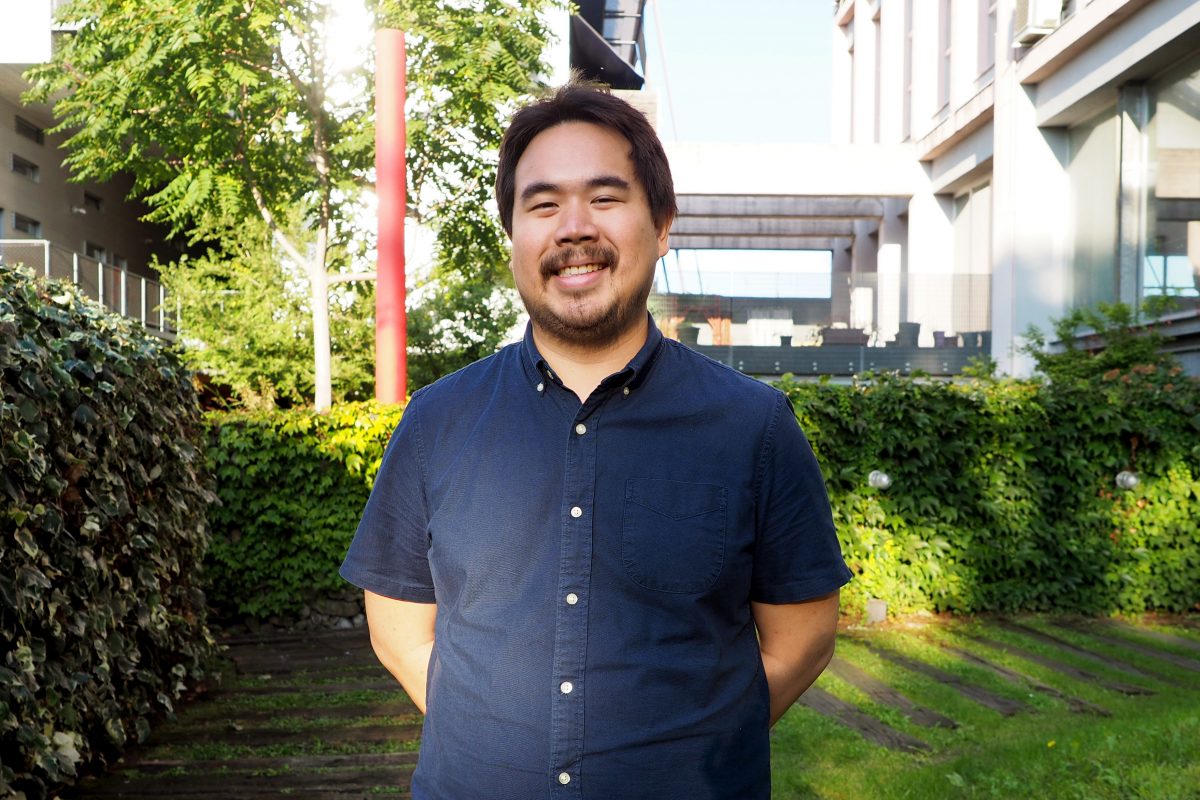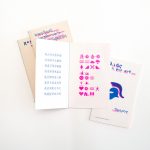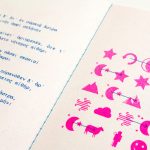From student, to intern, to founder of an independent publishing house: the last time with spoke with Nuphap, three years ago, he was a young designer who had just moved to Italy from Thailand to start a new adventure. He has accomplished many things since then. Now he has a very clear idea of what a contemporary designer needs to succeed in today’s world.
A lot of things have happened since you graduated: you founded your own publishing house, you started working at IdLab… tell us all about it!
When I was a Relational Design student, my initial thesis idea was to do a research about the publishing industry – specifically about how modern technology and connectivity have changed its operating and business model. From that point on it started to get more serious and – thanks to my thesis advisor Stefano Mirti and my thesis partner Silvia Lanfranchi – we ended up setting in motion a fully functioning publishing house that we named The New Publishing. The first thing we published and sold was one title called Visual Poetry. This publishing house became kind of the embodiment of our thesis research and findings, and we continued to work on it afterwards. We got lucky enough to get the chance to exhibit our works in different places and even got an award! We currently have two published titles (a bit slow, I know, but we still keep going!) and more titles in the works.
At the same time I also got a chance to do an internship at IdLab, working as a visual designer on various projects (communication, social media, education). To be honest, it was quite intense since I decided to do this internship while I was still studying for the master, but I think that this was also the beauty of it: you have to learn how to manage your time and energy (and, of course, get some rest!). I eventually got offered a full-time position and I’m still working here as we speak.
What is “Relational Design” to you? And in what ways do you think the master has helped you achieve your goals and/or has changed your approach to design?
I think Relational Design is more like an attitude, a mindset, a discipline to help us work and thrive in this present world where things are fast, more connected, constantly changing and unpredictable.
How could we adapt to this? How should we manage our focus and energy? How can we make the best use of new media? How can we collaborate and work together with other people in these situations? How to connect/reconnect tradition to innovation? How to be (more) curious and asks questions?
Relational Design doesn’t simply give you an answer to these questions, instead it sets up an actual work situation were we can train and improve ourselves so that we can better manage our projects in the future. And this is, I think, what I got out the most from the master: it made me see the world that we are living in now (especially the world of work) more clearly, and equipped me with experience and tools to handle it better.
Share some memories with us: what was your favourite course or activity experienced during the master?
I would say my favorite course is Code and Creativity with Marcel Bilurbina. I guess I’ve always had an interest in code and how it could be applied to the world of visuals. But my favorite moment was definitely Milanogram, an experimental workshop where we had to walk for three days around Milan, making small videoclips. We would set up camps and sit around campfires, go to new places and meet a lot of people. That was memorable!
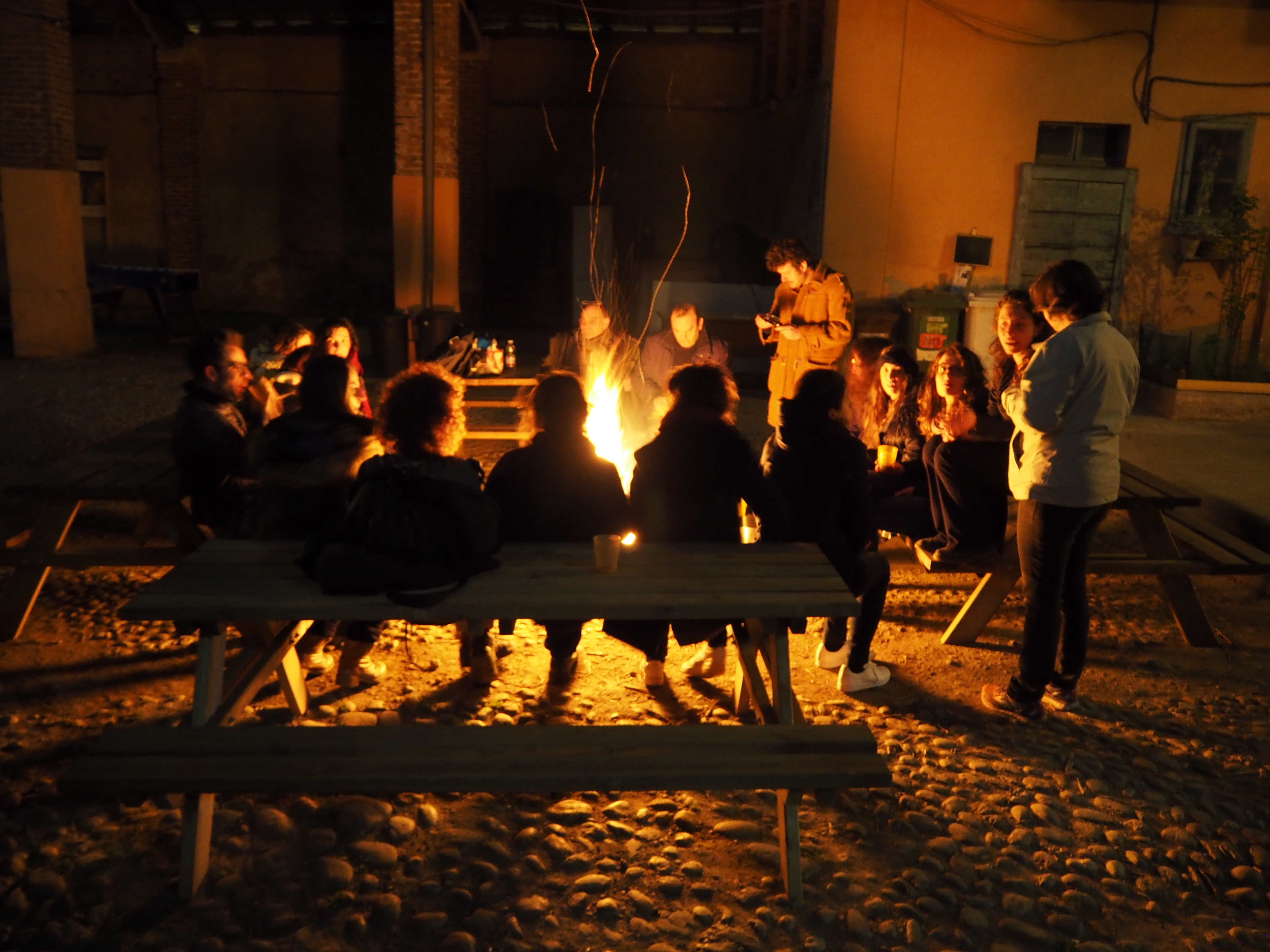
What are your plans for the near future now that you’re moving back to Thailand?
I plan to work on several new projects that I got offered in Thailand – mostly communication design projects. Nonetheless, I will keep working on The New Publishing and see how it can be improved by the new production force that I will try to rediscover once I get back Thailand.
